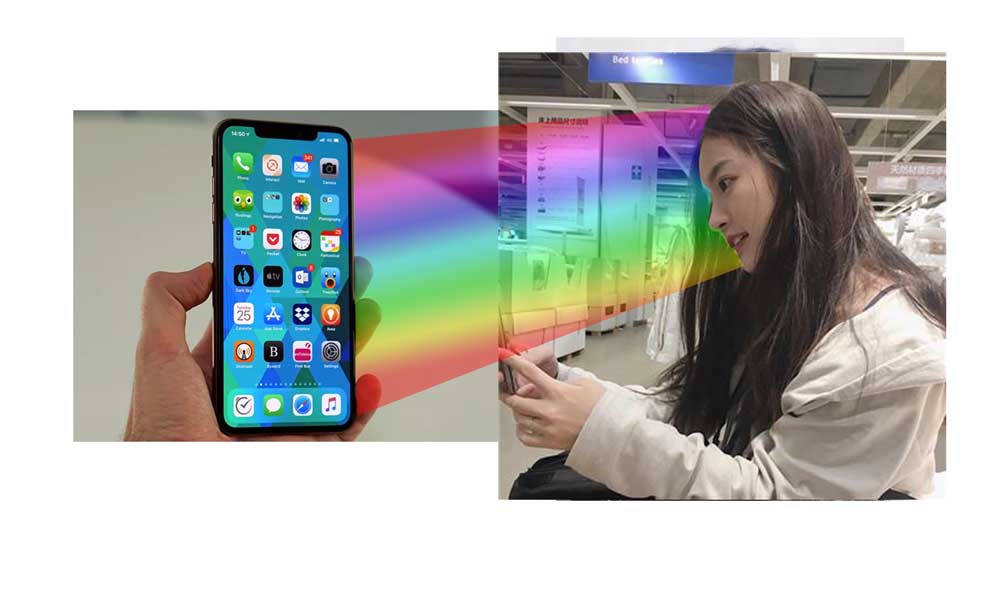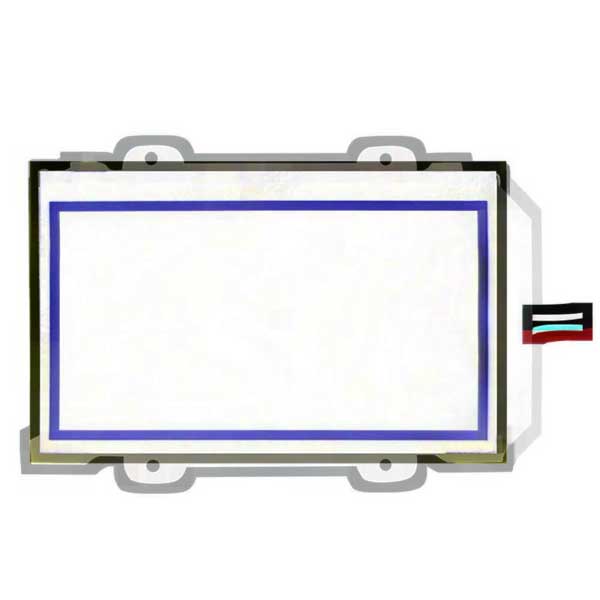“I’ve changed to a high-end smartphone with an OLED screen, but my eyes feel uncomfortable.” More and more netizens have this problem. Do OLED screens really hurt our eyes? Recently, a reporter investigated this phenomenon.
“Staring at my smartphone with OLED screen, my eyes hurt.”
“I would never have thought that my eyes were becoming uncomfortable after using a new mobile phone for a few days.” Recently, a netizen reported this issue.
She went to see a doctor and was diagnosed with floaters. The doctor advised her to use her mobile phone less. It is strange that her symptoms were relieved after she changed back to her old mobile phone.
Her new phone has an OLED screen, while her old phone has an LCD screen. She suspected that “the eye discomfort may be related to the OLED screen.”
According to the reporter’s investigation, quite a few users have such questions. There are nearly 400,000 related links in Google search for “Eyes hurt by OLED screens“. Many related posts have resonated with netizens because they also had this symptom.
1. Do OLED screens really hurt our eyes?
In the past two years, OLED screen smartphones have become the mainstream, and major smartphone manufacturers in the market are applying OLED screens in their flagship models one after another.
The problem is, do OLED screens really hurt our eyes? The reason why you feel uncomfortable when using mobile phones with OLED screens is that they flicker.
LCD screen usually uses LCD backlight to realize screen luminescence, the flickering frequency of which can reach several kilohertz (Hz) that flickering will basically not occur. The pixels for OLED screens are self-luminous, the low power of which has limited its flickering frequency. At present, the flickering frequency of the PWM dimming of OLED screens on many mobile phones is about 215Hz-250Hz.
IEEE (Institute of Electrical and Electronics Engineers) once reported that the range of flickering frequency with low health risks is above 1250Hz. “Flickering may lead to migraine and other diseases.”
In the eyes of communication industry professionals, this value is not high. But even the medical circle has not given a clear answer to this question, which is a great controversy in the industry.
Jie Chuanhong is the director of the ophthalmology department of the Eye Hospital of China Academy of Chinese Medical Sciences. He said in an interview that whether you watch the mobile phone screen, computer screen, or iPad screen for a long time, it is easy to cause visual fatigue, which should not be directly related to the screen.
“There is no direct relationship between OLED screen and eye harm.” Communication industry professionals also said that human eyes are almost imperceptible to the flickering of OLED screens. “Visual fatigue may be caused by staring at the screen for too long.”
Some experts claim that both LCD and OLED screens can harm human eyes because they will emit blue light harmful to the eyes, which is inevitable. However, OLED has a way to avoid this problem, enabling the eye-protection mode (similar to PWM dimming) and changing the color tone of the screen to yellowish.
Many netizens also suggested that when using smartphones with OLED screens, we should increase the brightness as much as possible because the lower the brightness, the more harmful it will be to our eyes. When the brightness of the screen is reduced, the screen of the smartphone will further reduce the flickering frequency.
Some ophthalmologists suggest that “human eyes have different perceptions of OLED flickering, and some people are more sensitive. Sensitive users had better use smartphones with LCD screens.” There has not been a unified medical statement about this conclusion.
2. Do we need luck to find a smartphone with a good OLED screen?
Some netizens have questions: some smartphones are not harmful to our eyes, but some are. Why? They all have OLED screens.
Some netizens even made a comparison experiment: you can obviously feel that the screen of P30 Pro is not as good as that of Mate20 Pro. This is easy to understand. Different mobile phones may use different screens, and manufacturers such as Samsung, LG, and BOE have different technologies and product quality.
Some experimental results have shown that screen size is not the main factor influencing visual fatigue but the material and physical properties of different electronic screens.
Even for the same mobile phone, whether the screen is good or not depends on “luck”. Because different brands of OLED screens may be used in the same mobile phone model, in many cases, the mobile phone manufacturer will not specify this, nor does it list the screen provider in detail in the user manual.
For example, Mate20 pro screen suppliers include BOE and LG, and some of their products have experienced “green screen” events after being released on the market. According to media reports, all the mobile phones with green screen problems are those with LG screens. That is to say, the screens in the same mobile phone model may be different for the same price. Whether the mobile phone is good or not depends on luck.
This is almost a common problem in the industry. Initially, both the iPhone XS and XS MAX were equipped with Samsung’s OLED screens. But then Apple listed LG as its second iPhone XS screen supplier. In other words, LG screens may be used in the subsequent batches of iPhone XS and XS MAX. Whether consumers buy LG screens or Samsung screens depends on luck.
OLED screens are basically used in all the new 5G smartphones.
3. Why do smartphones have to use OLED screens?
If OLED screens cause visual fatigue easily, why not just abandon them? In fact, it is difficult for us to say “no” to OLED screens now.
The color of OELD screens is more vivid, fuller, and realistic. High-end smartphones have been equipped with OLED screens, which have become the mainstream; LCD screens have been used for low-end smartphones, which are no longer the preferred choice.
Why did this happen? “Terminal products such as the ones with fingerprints under the screen and ultra-thin products can only be realized by using OLED screens.” It has become a common recognition in the industry.
Now there is good news BOE suddenly announced that it has successfully developed fingerprint technology under LCD screen, which will be mass-produced by the end of this year.
It is unrealistic for the mobile phone industry to return to LCD screens from OLED screens, and even some people think it means the degeneration of technology. From the perspective of eye health alone, LCD screens will also emit blue light harmful to human eyes. If we really want to protect our eyes, we must reduce the time consumed by smartphones.






